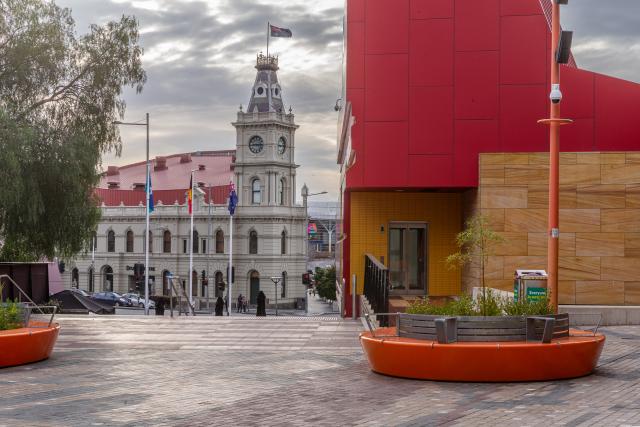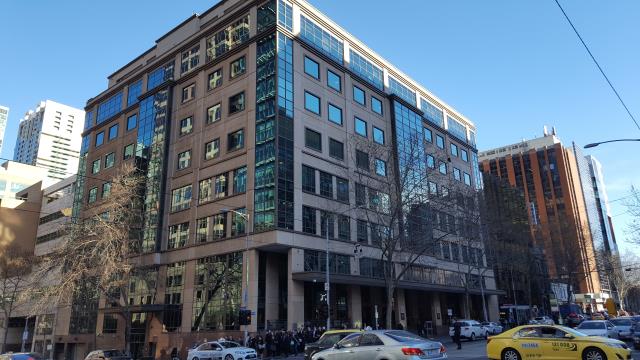Jack Johnson is the author of When the Clock Strikes, a fascinating account of growing up in Dandenong, his years tending to the city’s pipes and drains as a plumber and bringing up a family with wife Frances in their beloved home in Macpherson Street.
MANY services that today we take for granted, such as electricity, sewerage and telephones did not exist in the early 1900s and people like the milkman, the baker and the woodman called at the house.
Mr Connaughton and his sons were at that time our local wood merchants.
The wood yard was behind their Victorian weatherboard house on Melbourne Road just past James Street.
Across the front of the property was a high cypress hedge which, like peppercorn trees, seemed to be the norm for houses around Dandenong.
At the end of the hedge was a wide cast-iron and wire farm gate.
Their driveway led to a paddock at the back of the house.
In the paddock was the wood yard where the one foot blocks of firewood were cut and stacked and where Mr Connaughton kept his four-wheeled wagons and horses.
Much of this wood came by rail trucks from up north where land for farming was being cleared.
The family delivered large blocks of red gum and box and various other types of Australian hardwoods and many customers burnt Mallee roots in their open fires.
When we were kids, and well into the 1940s, very few people in Dandenong had telephones, so we had to walk from McCrae Street to the woodman’s house and leave a note from mum or dad telling him what type of wood and how many tons were needed.
I remember one day when dad was crook or in hospital Mr Connaughton or one of his sons delivered a day load of fire wood to our house.
We only had a single gate out the front into McCrae Street so he managed to come up the back lane from Power Street and into the back yard through the large double gates.
He was able to throw the load of one foot blocks over the veggie garden fence near the woodshed.
But, then he had to turn his wagon around in the back yard.
He was doing quite well until the near-side horse decided to go, instead of whoa, causing the side of the wagon to swing in a wider arc.
It hit the corner of our stand-alone dunny which was about half way down the back yard, knocking off its red gum stumps.
Had it not been for the sturdy, almost regulation, pussy willow which grew next to it we would have had a horizontal dunny instead of a vertical one.
Mr Fink was our next woodman and his wood yard was on the corner of McCrae and Walker streets.
He lived in a house in Walker Street next to the O’Brien property and just over the back corner of our next house at 40 Clow Street.
Apart from the post office, the only people who had telephones were doctors, police and some shops.
Those first phones were wooden boxes with a fixed speaker or mouth-piece and an ear piece on a cord which hung in a cradle on the side.
When you lifted the receiver off the hook you wound a small handle on the side of the box.
That put you in touch with the manual exchange at the post office and they connected you to the number you needed.
Most numbers were only two or three digits, vastly different from today’s world of mobiles, where most of the phone call time is taken up dialling the number.







